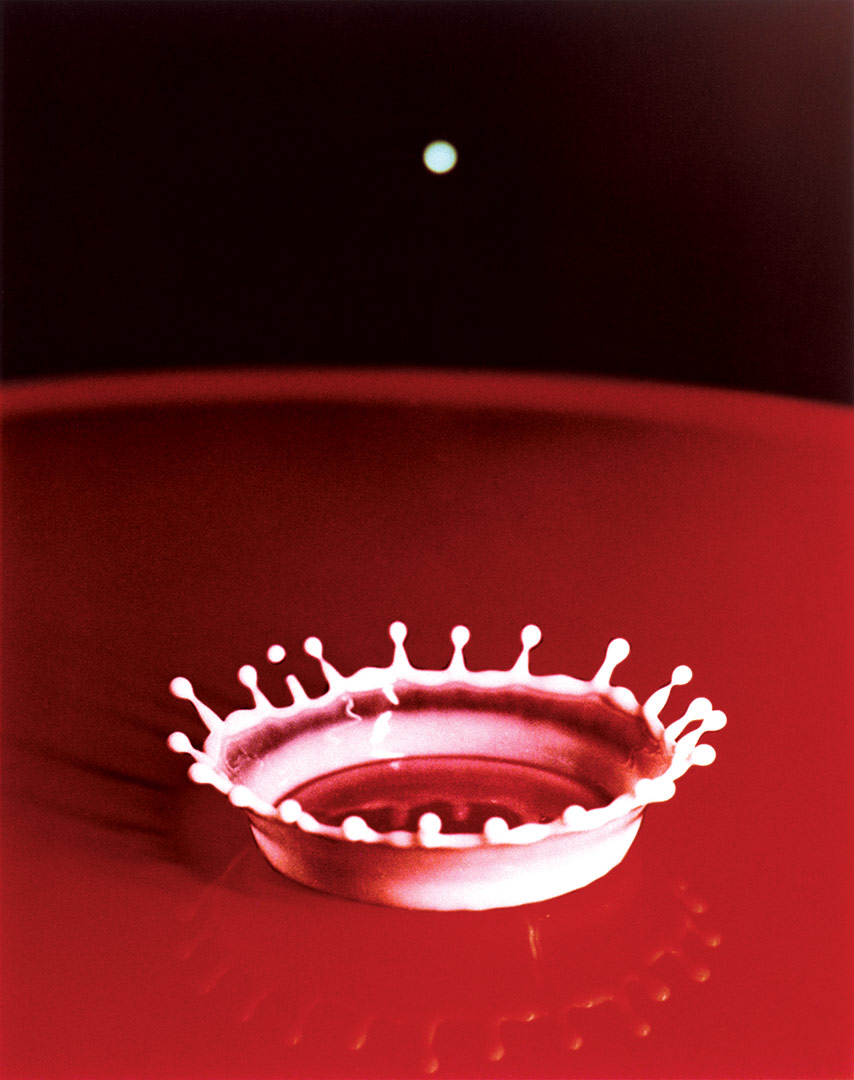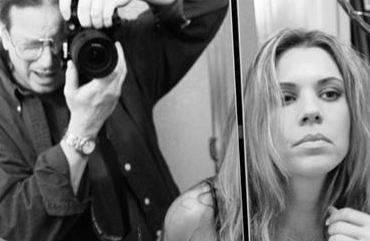By Bill Dobbins www.billdobbinsphotography.com
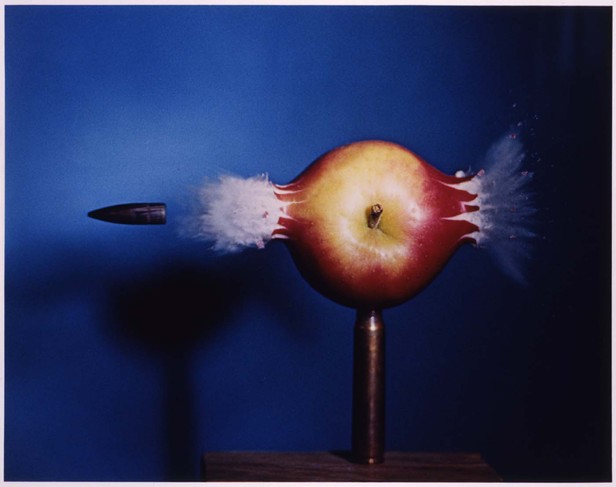
The human eye and brain have evolved to give us visual information about those aspects of reality that help us to function and survive. We are able to see in only part of the overall spectrum of radiation. We can look up at the night sky and see heavens but can’t perceive the details of the myriad stars and distant planets nor anything very far away. The very small and the microscopic remain invisible to us. We are not aware of the change that is very, very slow – such as mountains being pushed up by plate tectonics or worn down by the erosion of wind and water. Nor are we able to see things that are very fast, like a speeding bullet or the beating of a hummingbird’s wings.
But being technologically inventive, humans have invented ways to see the unseeable. We have instruments that register the infrared and ultraviolet spectra. We have telescopes like the Hubble showing us images of the larger distant universe. Stop-action photography gives us images of very slow processes, such as the growth cycle of plants. And the combination of microscopes and photography shows us what extremely small things look like, from germs to individual cells.


And thanks to high-speed strobe photography we are now able to “freeze” action that is too fast to register on the human eye.
In the earliest days of photography, with very slow lenses and emulsions, very long exposures were required to shoot a photo. In the earliest images of cities, for example, there seem to be no people on the streets – because they moved too quickly to register when shutters were kept open for the long periods required. In those early days, light for indoor photos was often provided by flash powder – a pyrotechnic composition, a mixture of oxidizer and metallic fuel, which burns quickly producing a brief, bright light.

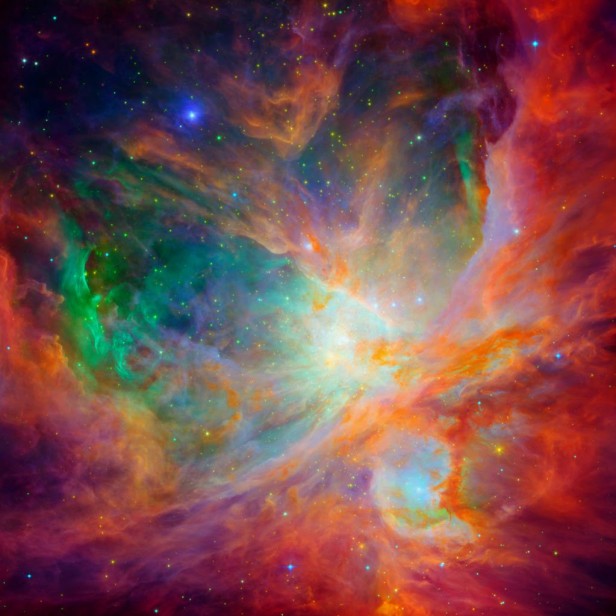
As the technology developed, brighter constant source lighting was developed – the same sorts of lamps that were used in the movies and variations of which are still used today. This type of lighting produced some excellent images but still demanded relatively slow shutter speeds that we're unable to “stop” or freeze action. It wasn’t until the development of the modern strobe or flash technology allowed for capturing photos in which there was fast action. In fact, strobes were invented that created such brief, intense pulses of light that it was then possible to capture photos of events that were much too fast to be perceived by the human eye.
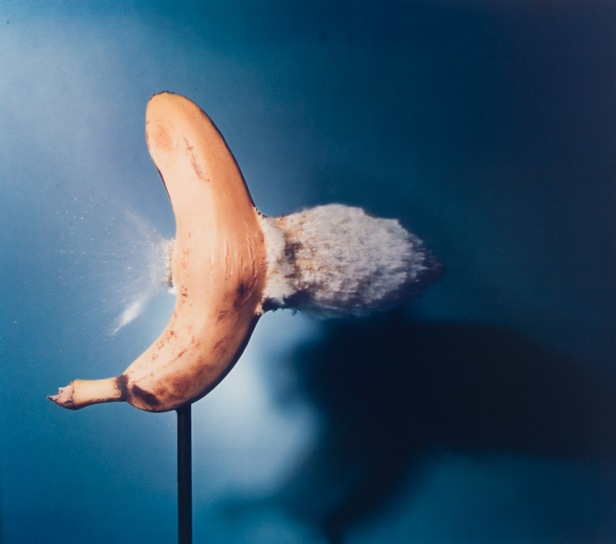
And the pioneer in this technology was electrical engineer Harold Edgerton.
Harold Eugene “Doc” Edgerton also known as Papa Flash (April 6, 1903 – January 4, 1990) was a professor of electrical engineering at the Massachusetts Institute of Technology.[1] He is largely credited with transforming the stroboscope from an obscure laboratory instrument into a common device. He also was deeply involved with the development of sonar and deep-sea photography, and his equipment was used by Jacques Cousteau in searches for shipwrecks and even the Loch Ness Monster.[2] – Wikipedia


According to the Encyclopedia Britannica, “In 1926, as a graduate student, Edgerton began to experiment with flash tubes. He developed a tube using xenon gas that could produce high-intensity bursts of light as short as 1/1,000,000 second. Edgerton’s tube remains the basic flash device used in still photography. The xenon flash could also emit repeated bursts of light at regular and very brief intervals and was thus an ideal stroboscope. With his new flash, Edgerton was able to photograph the action of such things as drops of milk falling into a saucer, a tennis racket hitting a ball, and bullets hitting a steel plate or traveling at speeds of up to 2,800 feet (853 metres) per second. The resulting images often possessed artistic beauty in addition to their value to industry and science.”

Edgerton’s stroboscopic photos have often been perceived as “art,” and indeed in one sense, they are. But Edgerton himself rejected this classification, claiming he was a scientist and engineer simply in search of the “facts.” And, indeed, this technology has been highly instrumental in all sorts of research into a variety of scientific and industrial processes, as well as studies in everything from physiology to natural science.
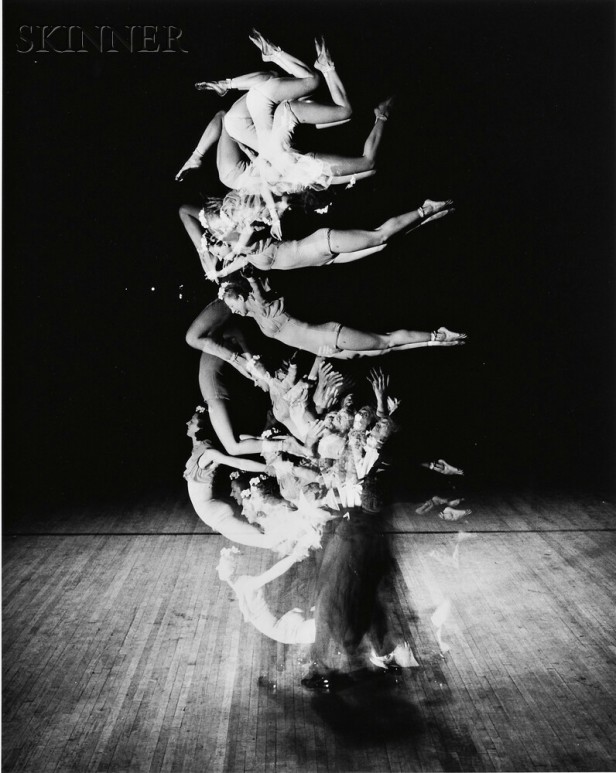
“From 1931 onwards, Edgerton developed and improved strobes and used them to freeze objects in motion so that they could be captured on film by a camera,” according to Edgerton Digital Collections. “In the same year, he developed techniques to use the strobe for ultra-high-speed movies. Adjustments and improvements by HEE to stroboscopic technologies continued throughout his career.”
“Even before the stroboscope was available commercially, Edgerton, Germeshausen, and another of Edgerton’s students, Herbert E. Grier, were hired as consultants by a variety of industries. In 1931 alone, they turned the stroboscope light on printing presses and machinery that made boxes, watches, and paper. In each case, the stroboscope revealed problems that could not be seen and corrected without the flashing light that froze the machine’s motion.”

“Edgerton never thought to reserve the strobe for purely technical subjects. By the mid-1930s, he was photographing everyday phenomena; golfers swinging at a ball, archers letting the arrow fly, tennis players hitting a serve, water running from a faucet, milk drops hitting a plate, and all sorts of creatures in flight, from bats to hummingbirds to insects.”
[caption id="attachment_10093" align="alignnone" width="616"]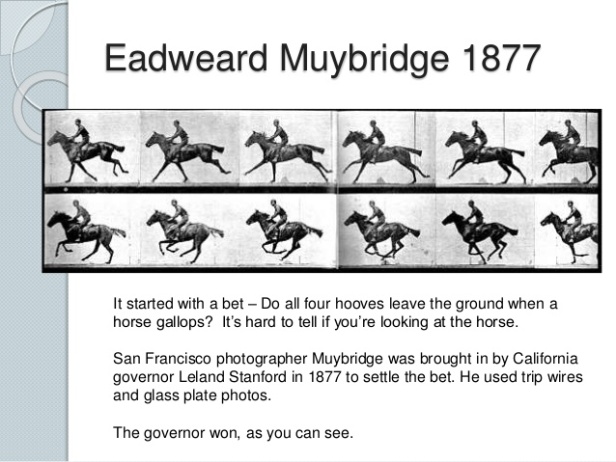 Source: http://bit.ly/2NKhI9L[/caption]
Source: http://bit.ly/2NKhI9L[/caption]
Edgerton was not the first to try to capture images of events happening too fast for the human eye. In the late 1800s, Edward Muybridge set up a row of cameras triggered by trip wires to try and determine whether all four feet of a galloping horse was off the ground at the same time. (They were.) But the development of the strobe, pioneered by Harold Edgerton, not only allowed for all sorts of incredibly fast actions to be observed and photographed but created a kind of light source that has remained incredibly important to all sorts of photography and photographers to this day.
******************************************************

The Women: Photographs of The Top Female Bodybuilders (Artisan) Modern Amazons (Taschen)
WEBSITES
BILL DOBBINS PHOTOGRAPHY www.billdobbinsphotography.com
BILL DOBBINS ART www.billdobbinsart.com
FEMALE PHYSIQUE SITES www.billdobbins.com




